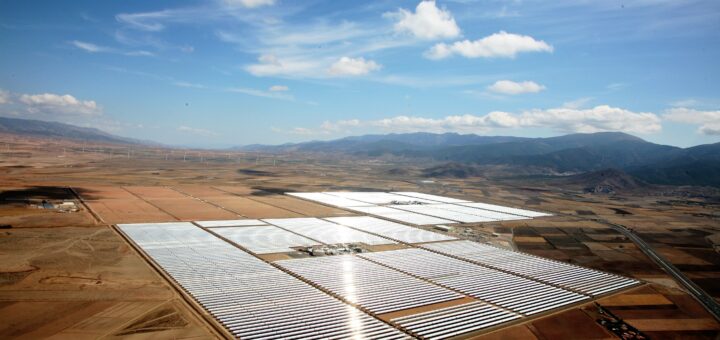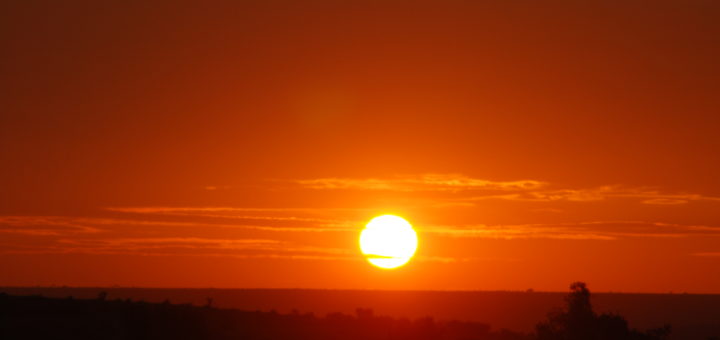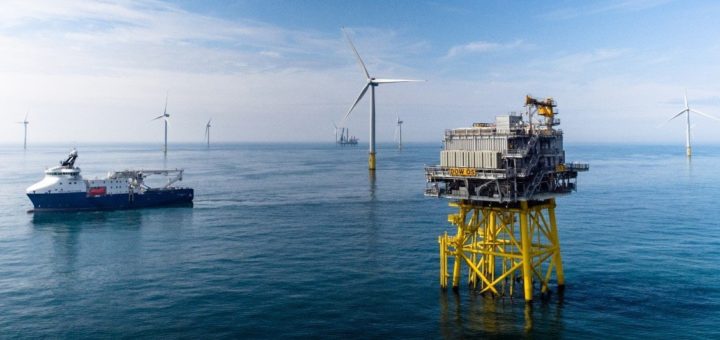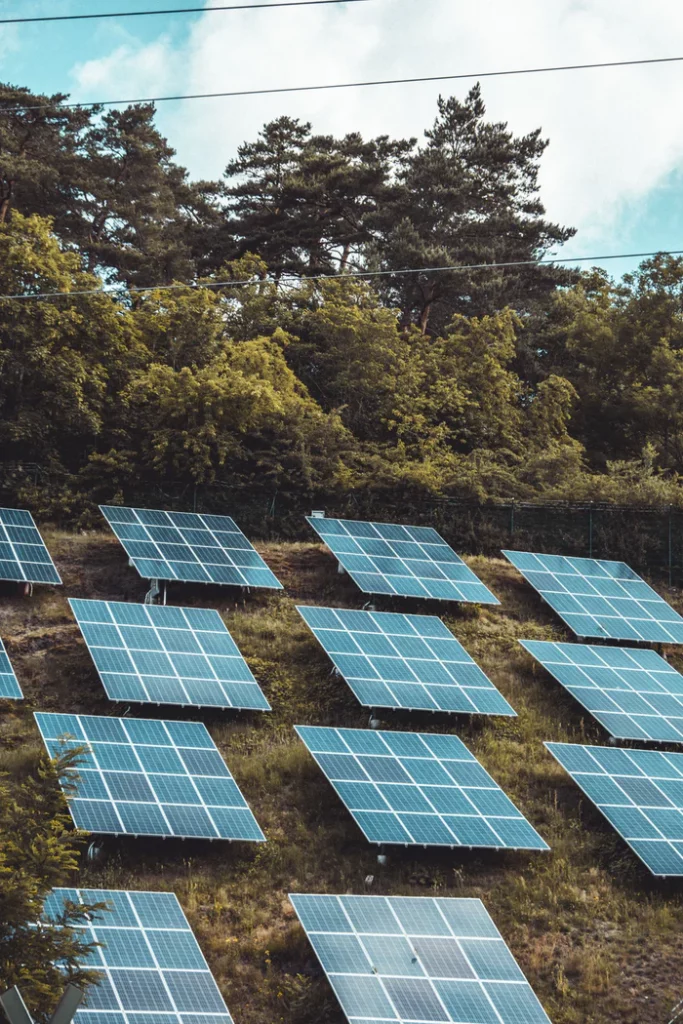There is no uniform format in the energy sector of the EU, although there are some initiatives for regional cooperation leading to intense cooperation between governments in specific parts of Europe. The main asset of regional cooperation lies in the ability of the involved actors to co-ordinate more efficiently. More work is required to address issues related to the further deployment of RES from 2020 to 2030 e.g., the most efficient use of RES potential.
Wind power
Kenya has committed to reduce domestic GHG emissions by 30% by 2030 but also is attempting to grow its economy against a backdrop of international agreements to reduce greenhouse gas emissions. This will mean harnessing the country’s significant renewable energy potential. The study covered three technologies: wind, solar, and the third, geothermal, is more specific to Kenya due to the Great Rift Valley. Overarching areas of interest and policy recommendations are given.
The ‘Winter Package’ in the EU focusses on clean energy for all Europeans and contains specific goals for energy and climate and calls upon Member States to formulate Integrated National Energy and Climate Plans (INECPs). Case study findings in support of INECP formulation are assessed in this report of three case studies: Greece, Austria and the Netherlands.
Photovoltaics (PV) has become the cheapest source of electricity in many countries and every two years, the capacity is roughly doubled, but it is uncertain if this growth will be sustained. If potential barriers to deployment are addressed, PV could cost-competitively supply 30-50% of global electricity by 2050. Two potential barriers which need to be addresses could hinder continued growth: integration challenges, as many options exist, and the financing costs require international cooperation.




